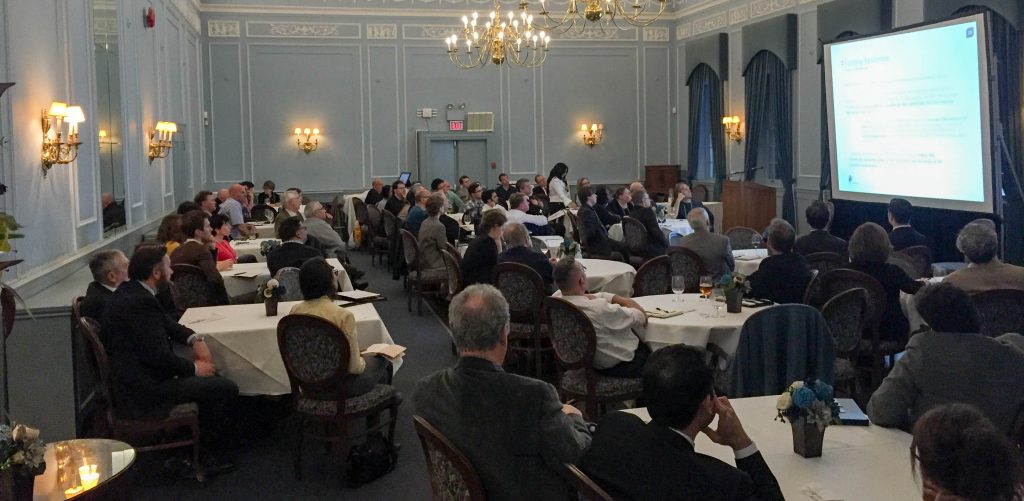Exploring the financial aspects of resilience, The Centre for Resilience of Critical Infrastructure hosted its twice-annual Sandford Fleming Forum on May 2. Tania Caceres (Senior Real Estate Expert at RiskNexus), Lisa Prime (Director of Environment and Innovation at Waterfront Toronto) and Michael Kosturik (Regional VP for Intact Insurance) weighed in on the risk, reward and responsibility of building resilient infrastructure.
Previous Forums concluded that resilient communities have five key components; community focus, community identity, balanced infrastructure, strategic framework and confidence in leadership. When all of these characteristics are present, a community can withstand various shocks and stresses, whether natural or man-made, like the 2013 floods in Calgary’s downtown.
The May 2 Forum discussed resilience in Toronto, the costs of funding resilience and insuring communities that have not resilience planned.

In Toronto, the focus for resiliency is on affordable housing, flood protection, major event infrastructure, green space, accessibility, multi-use/future uses and achieving carbon neutrality by 2050. Furthermore, all proposed developments require design excellence, green building standards and link to sustainable transportation links. Planning for the future is achieved through intelligent communities and innovative, integrated systems in Toronto.
One challenge for GTA policy makers is to remedy past infrastructure mistakes, like the early diversions of the Don River, whereby straightening the curved waterway causes flooding near the mouth of the river.
But there is a cost associated with achieving resiliency. The cost to update infrastructure for resiliency cannot always be justified based on the risks of catastrophic events associated with the community. And without resiliency, the costs to insure a community can be just as large.
The frequency and severity of natural catastrophic losses have appeared to be worse because more events occur in areas of high concentration of people. More people means that they own more belongings, which need to be insured. In 2015, there was $66.5 billion in damage from catastrophic events, of which only $35 billion was insured. Insurance premiums will continue to rise to accommodate the increased cost of loss.
*Operating under the Chatham House Rule, the Sandford Fleming Forum facilitates open dialogue by ensuring the anonymity of all speakers. It is for this reason that no ideas or quotes in this article are attributed.